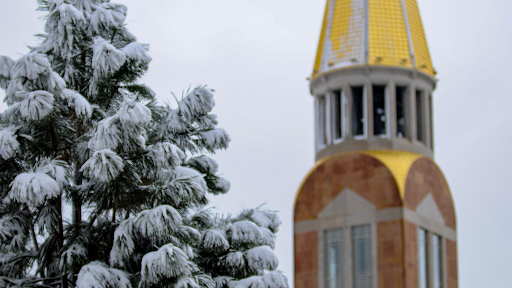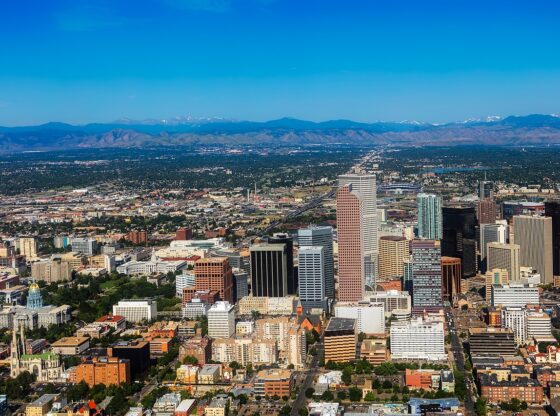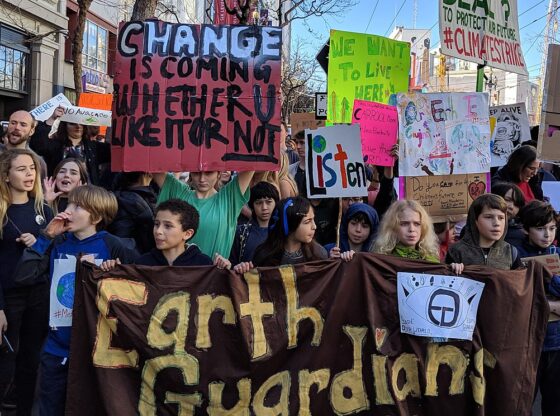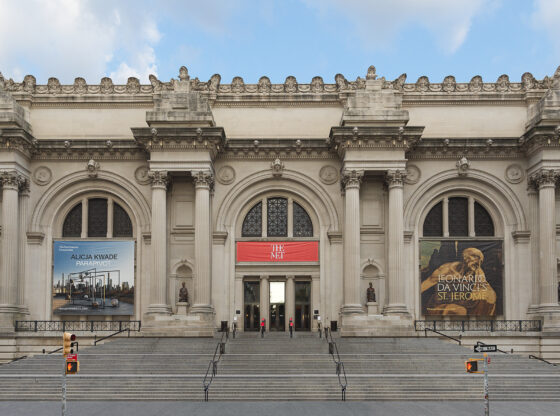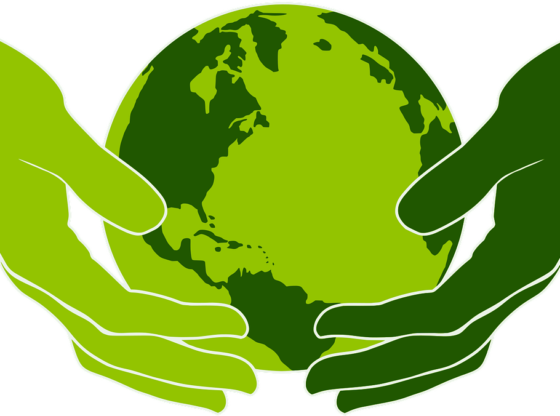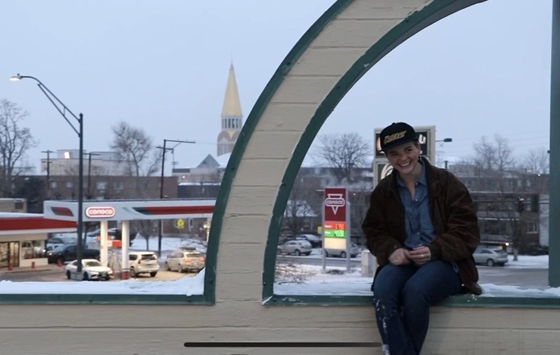Today, apocalyptic predictions crop up often in the media. A famous one was the Y2K scare marking the transition into the new millennium. Although the prediction of a massive computer failure did not come to pass and chaos failed to ensue after the clock struck midnight 2000, people have not ceased to speculate about the possibility of an impending doomsday. Many theories surround the idea that the physical world and its inhabitants will be eradicated by some supernatural force; while this concept underlies most apocalyptic predictions to some degree, most indigenous prophecies encompass the belief that the “end of the world” will simply exist as a transitional shift in consciousness: the birth of a brand new way of living and thinking. The Mayan, Hopi and Taoist stories about doomsday’s inevitability each indicate the cyclical nature of our planet and the human race’s role within it.
Similar to the Hopi belief system, the Taoist faith recognizes the enormous importance of humanity’s connection to the natural world and the consequences bound to ensue if such a bond is lacking. According to Benjamin Hoff in his book The Te of Piglet, which explains multiple facets of Taoism through the lens of Winnie the Pooh, a “Great Purification”—similar to that described by the Hopis—will escort humanity into a new era of life: he explains that “as our planet takes action to cast out its man-made poisons and heal its man-caused wounds many human inhabitants will no doubt give way to fear….We will witness a magical transformation of the world around us by the forces of the Earth…and we will see for ourselves what the ancient Taoists meant by the Age of Perfect Virtue.” To them, the careless demolition of our natural habitat for monetary and material gain will instigate “the end of the world” and initiate the transition into a more ideal plane of existence based on individual perception. Based on Hoff’s interpretation, those who succumb to fear of the physical events which will comprise this transition will be unable to perceive the benefits of the “Age of Perfect Virtue” that he acknowledges.

